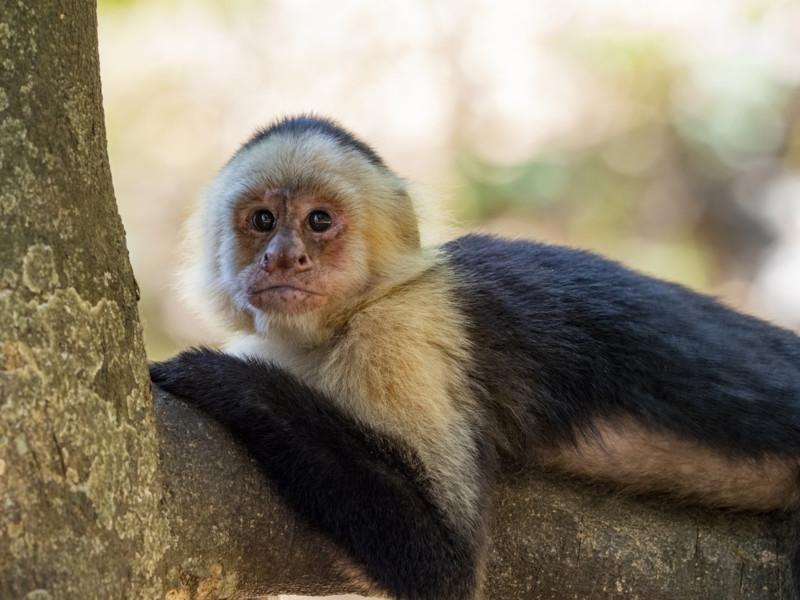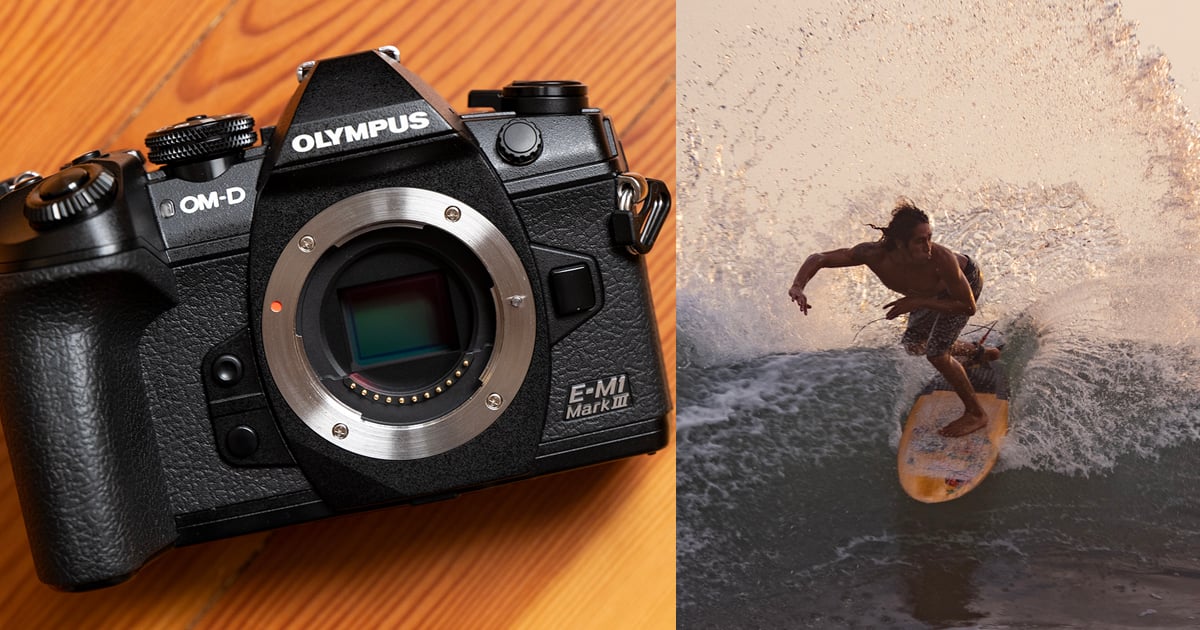I went into my hands-on with the Olympus OM-D E-M1 Mark III with no expectations. For me, it had been many years since I had used an Olympus (aside from an afternoon borrowing from a friend who had an older PEN camera about five years ago, the last time I shot with Olympus was with the E5 and E3).
Since I had no sense of what to expect, I was put into a position of just taking the new camera at face value, not knowing what it was supposed to do or to what degree to hope it did it.
By the end of my two days with the E-M1 Mark III, I had mixed feelings. On the one hand, it was a far more capable camera than I anticipated, especially considering the small size of the sensor. I found myself very much liking the size and build quality of the camera as well as the lenses on offer for wildlife photography (the 40-150mm f/2.8 and the 300mm f/4 lenses in conjunction with the 1.4x teleconverter were pretty much all I wanted to use).
But as much as I enjoyed those things, I was let down elsewhere. For the latest camera in Olympus’ line since reaffirming their stance that Micro Four Thirds is not only their way but the superior way, there are many aspects of the E-M1 Mark III that miss the mark for me.
Full disclosure: Olympus provided travel to and lodging in Costa Rica for the two days time spent testing the OM-D E-M1 Mark III. PetaPixel and the author were not otherwise compensated for their coverage.
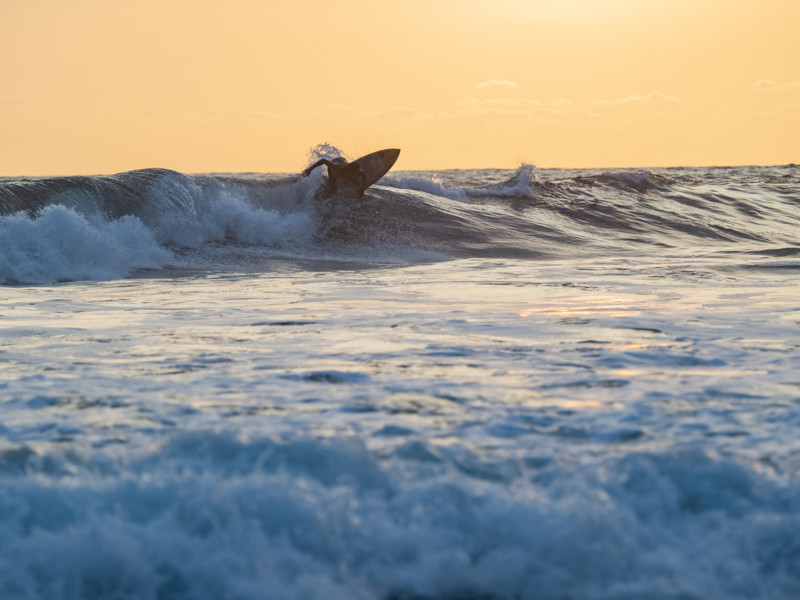
The Good
Olympus has one mentality that is at the heart of their camera design: lightweight and compact. We see this same claim from Sony in their explanations of their Five Fundamentals, but when Olympus talks about compact they do so from the perspective that they don’t believe anyone else is actually taking it fully to heart. While a camera body may be small and lightweight, if your lens options are not, then are you really light and compact?
This mentality is the reason Olympus is dedicated to Micro Four Thirds. Their belief is that their system is the only one that can offer performance without compromising the compact nature of their bodies and lenses, and I have to say, I can see where they are coming from.
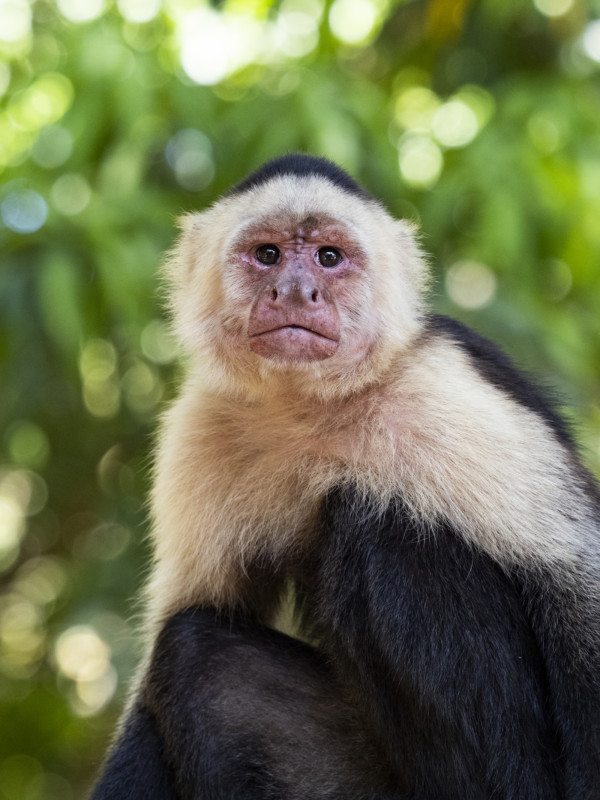
Both the 40-150mm f/2.8 and the 300mm f/4 are almost comically small, with image quality that really does impress me. I did not think that a focal range of 40-150mm (which translates to 80-300mm in 35mm) could possibly result in consistent, high-quality imagery but I was wrong. When combined with the compact yet ergonomically pleasant OM-D E-M1 Mark III body, you have an incredible amount of reach without much equipment. I felt lithe, nimble even, with this setup.
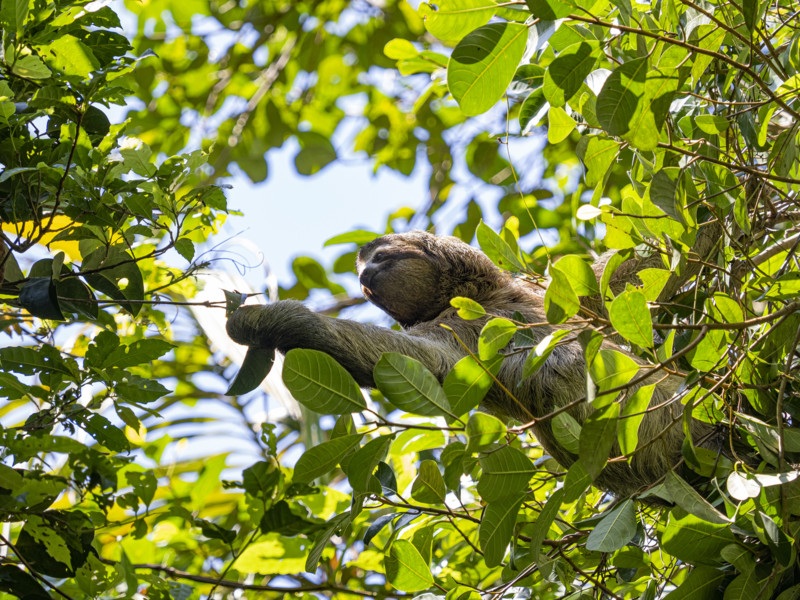
There are many older photographers who enjoy shooting wildlife, specifically birds, who simply cannot carry heavy equipment anymore. They are physically limited, and if Olympus did not exist they may not be able to continue their hobby.
There are even others who hate carrying huge pieces of camera equipment that they have to hike with and wear for hours in their search for rare birds. The smaller the equipment, the more desirable. For those folks, I can absolutely see the appeal of the Olympus system. For them, I might find myself recommending the E-M1 Mark III.
The E-M1 Mark III doesn’t offer a whole lot new that is specific to this camera, taking most of its updated features from the E-M1X such as Live ND and high resolution multi-shot, for example. It does have a new processor, the TruePic IX, which I can attest works really well in this body.
The single new feature specific to this camera is called Starry AF and is used to autofocus on stars in the night sky, as the name might suggest. I personally did not have a chance to test this feature due to cloud cover, but I spoke to Chris Nichols and Jordan Drake from DP Review who did get a chance to try it out, and they assured me it works exactly as advertised, which is great news.
The physical operation of the camera feels about as good as you can imagine, with buttons easy to find, a menu system that is only a little confusing but extremely fast and responsive, and a buffer that clears quickly provided you’re using the UHS-II memory card slot (more on that later). When going through images on the camera, you can very quickly scan through memory cards at a blistering pace. It’s one of the fastest experiences of this I’ve come across.
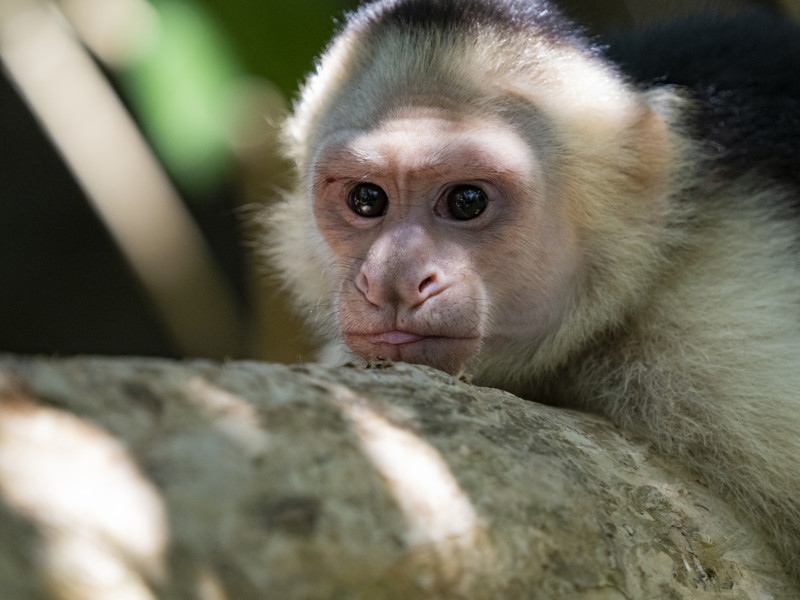
Battery life is pretty good on the camera. Using special features like high resolution multi-shot or Live ND will drain power a bit faster, but I was able to get through an entire shooting day of over 3000 images without getting below 25%. That’s pretty good in my opinion, especially since if you’re going to be shooting birds at high frame rates, you’re going to find yourself with thousands of photos inside of an hour.
On the note of Live ND, I dig the feature. I was able to drag the shutter for almost two seconds in this image, despite it being bright daylight outside.
The E-M1 Mark III can capture 15 frames per second in high mode (which doesn’t allow for continuous autofocus) and 10 frames per second in low mode (which does allow continuous autofocus) with the mechanical shutter. Using the electronic shutter, the camera can get as high as 60 frames per second in high, and 18 frames per second in low. Those are some mighty impressive numbers.
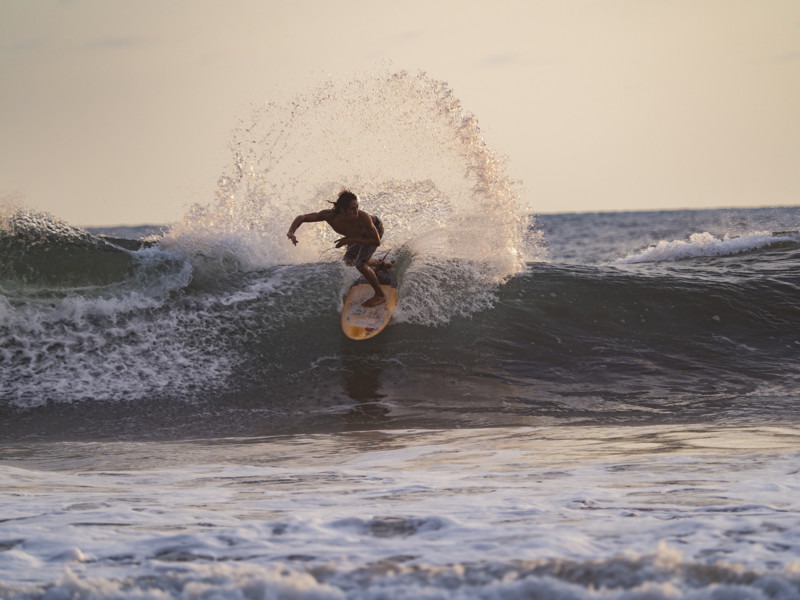
The continuous autofocus is powered by a 121 point, all cross type, on-chip phase detection system that I think works pretty well in most cases. I think the Sony a9, the Canon 1D X line, and the Nikon D5 and D500 are all superior, but the Olympus is good.
There was a “Tracking” feature as an option, but I and everyone else who was around me testing the camera quickly realized that it wasn’t “tracking” anything. It lacks the ability to discern subjects, so the tracking really doesn’t work at all. However, the normal continuous autofocus works very well, and it can be customized to the user and controlled with the rear joystick. With regular continuous autofocus, I felt pretty good with trusting the camera to an extent.

I mentioned high res multi-shot, and I want to explain that a bit because it’s really impressive. The feature comes with two modes: tripod and hand-held. In tripod mode, which you have to use a tripod or a fully stable platform for, will make an approximately 80-megapixel equivalent image by quickly shooting a series of photos and stitching them in-camera.
This isn’t a new idea, but the hand-held mode kind of is. In hand-held mode, the maximum resolution 50 megapixels as the camera will rapidly fire 16 images in about half a second, and stitch that in-camera into one finished image.
This feature works. It works a lot better than I was expecting, actually. I do not have really stable hands. I wobble a bit, and on top of that, I was using telephoto lenses with teleconverters. That wobble was accentuated considerably, and the E-M1 Mark III still managed to make something of it. Below are two images captured in high res mode, both were handheld. One was captured with the long end of the 40-150mm lens (the monkey) and the other was with the 300mm (the crocodile).
